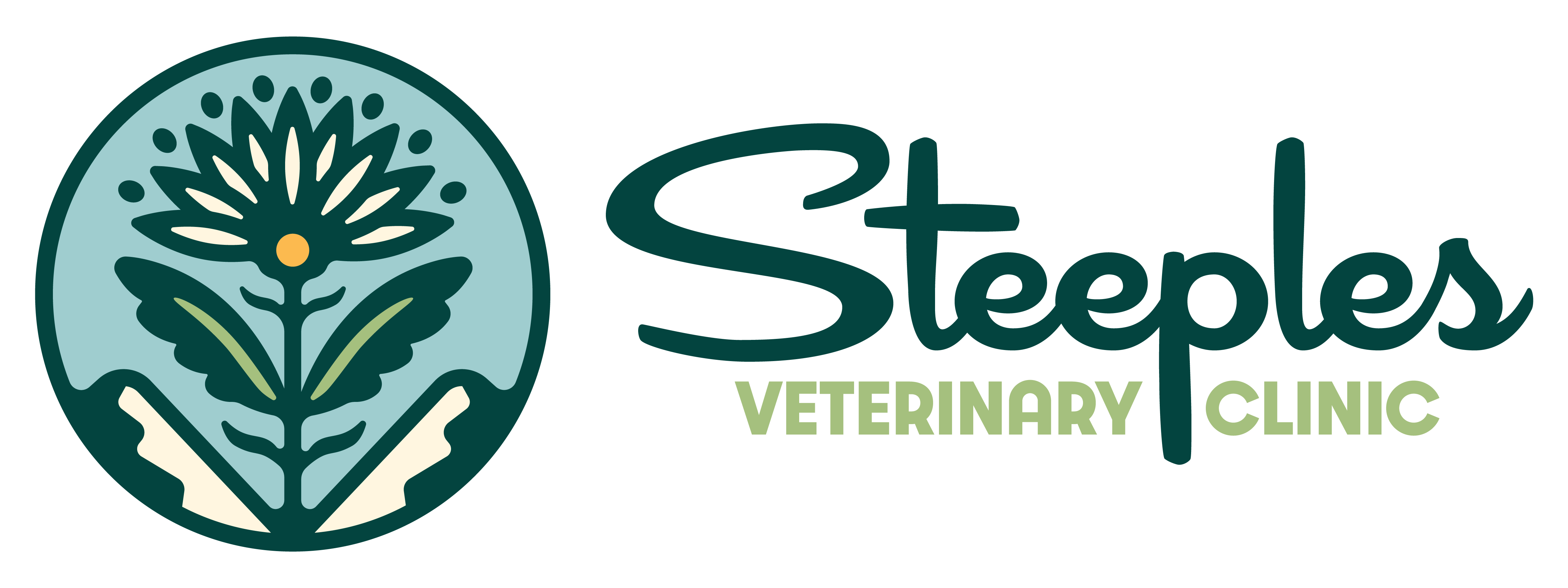You know by now the importance of dental health in our pets. Periodontal disease is common and 85% of pets have some form of gum disease at any given time.
The goal of dental cleaning is to remove plaque and calculus or tartar that harbour bacteria. These bacteria are the cause of the infection in the gingiva and the periodontal ligament. The treatment involves using water and sharp instruments beneath below the gum line in the little groove called the sulcus, or in some cases in a periodontal pocket. It is a precise technique. It is exactly the same as what you have done yourself when you go to your dental hygienist.
In veterinary dentistry, we need to use general anaesthetic. We must provide restraint and take precautions that the instruments and the pressurized water is not causing harm. There is no way to do a thorough sub-gingival scaling and polishing and careful exam with dental charting in an awake pet. If anyone tells you otherwise, then be careful.
Many people have concerns about anaesthetic. Today, with proper examination, blood tests, and other screening, we can know what to expect ahead of time and we can be very safe with general anaesthetic. Please talk to your veterinarian about your concerns.
To really treat gum disease and manage plaque and tartar in cats and dogs, there must be thorough cleaning above AND below the gum line. This treatment is specialized and should only be done by your veterinarian. Why? Veterinary dentistry is a branch of veterinary medicine and can only be legally performed by a licensed veterinarian and his or her representatives. These are highly trained professionals.
My main concern for anaesthetic free dental cleanings? I don’t want you to think that you can go and have a quick scraping done while your cat or dog is awake and that you are making a good health decision for your pet. Very little is being done for your pet’s dental health. And most important of all is that some harm may be done.
Come and talk to us about dental care. It’s a big part of what we do.

